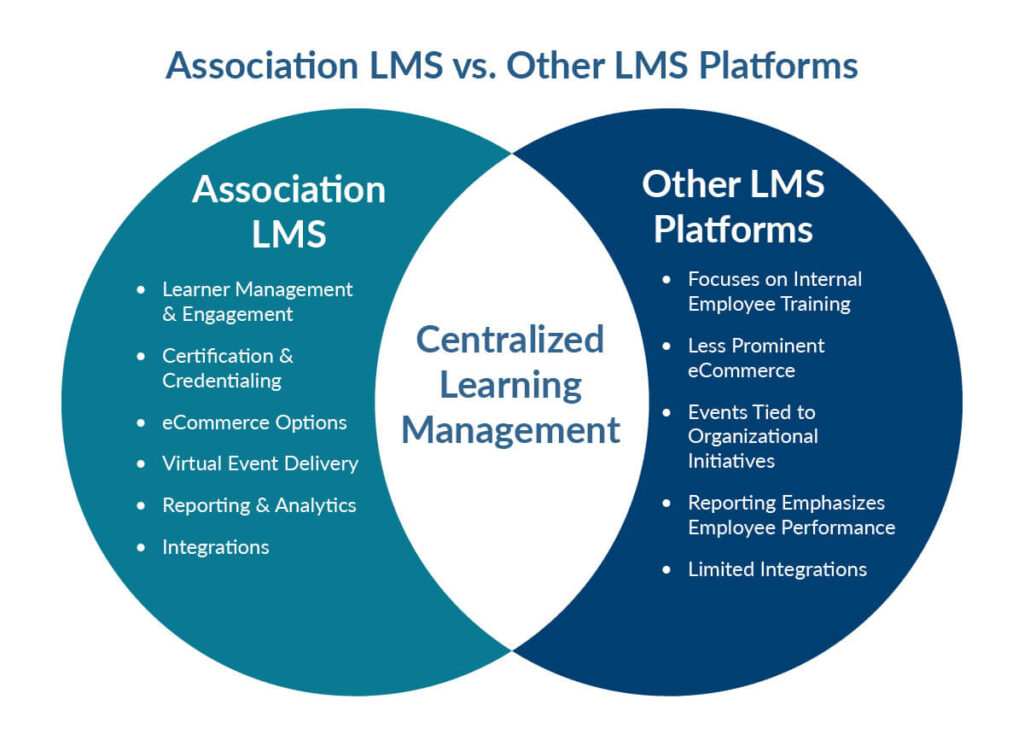Author: Kristen Wall
Between funding member benefits, new programs, and various marketing initiatives, it takes a significant investment to further your association’s offerings. You can only hope this investment will yield higher member engagement—but how can you know for sure?
Your association’s return on investment (ROI) demonstrates the value derived from each of its expenses. This calculation enables you to make informed financial decisions, set appropriate prices for membership tiers, and justify each of its investments. Ultimately, your association’s ROI can shape its future strategies.
Let’s review the metrics your association should track to measure its ROI.
1. Member Engagement
Engagement levels indicate members’ satisfaction with your offerings. This information allows your association to assess which offerings are worth investing in and where your resources will be best spent.
However, as Tradewing’s member engagement guide explains, this includes all the ways members interact with your association. Your association must consider numerous forms of engagement—from attending your events to sharing your social media posts.
In other words, your association won’t measure member engagement with one simple formula. Instead, there are a few factors you can track to assess engagement, including:
- eLearning participation. Determine how engaged members are in your association’s eLearning content. Use an association LMS (learning management system) with reporting and analytics features to track key metrics associated with course performance, such as learner progress and course completion.
- Event attendance. Do all event registrants follow through with attendance? What percentage of your overall member population participates in events? Use these insights to determine which events yield the most engagement.
- Email open rates. Tracking members’ responsiveness to your communications can reveal how receptive they are to your messages. You may find that certain email subject lines more effectively garner member attention, or perhaps members are more interested in webinar announcements than your weekly newsletter.
For a comprehensive view of members’ interactions, list all the engagement opportunities your association offers. This list should include everything from liking your social media posts to signing up for your eLearning courses. While no level of engagement is unimportant, this detailed view can also help you meet members where they’re at and develop strategies to increase their engagement.
2. Member Retention Rate
Highly engaged members are more likely to renew their membership to continue reaping the benefits of their involvement with your association. That’s why knowing your member retention rate is critical to delivering the most appealing offerings to your members.
For example, you might conclude that your events receive high levels of participation and boost engagement. Then, you can focus your efforts on developing and promoting more events to increase member retention rates.
High member retention can help your organization maximize its ROI because:
- Member retention is more cost effective than acquisition. In other words, you can allocate fewer resources to recruitment efforts and instead rely on steady membership numbers.
- Membership renewals offer a consistent revenue stream for your association. With a recurring source of income, your association can cover its operating expenses and even invest in new projects without constantly fundraising.
- High retention strengthens your association’s community. An active community drives further participation from existing members and can even reach new members by word-of-mouth, allowing your association to grow with minimal investment in recruitment efforts.
Your member retention rate is the percentage of individuals who renew their memberships in a given period. To calculate this percentage, divide the number of renewed members by the number of total members from the previous period, then multiply your answer by 100.
3. Learning Outcomes
Among the top three reasons members join an association, continuing education opportunities and accessing specialized information are primary drivers. As such, your association must deliver the eLearning content and other educational resources that meet members’ needs. After all, your association needs a compelling value proposition to stand out from the crowd—helping members achieve their goals is a surefire way to make your organization their first choice!
Track learning outcomes to ensure you invest in the offerings that drive members’ personal or professional development goals. This metric evaluates whether learners achieve the intended objective of your courses and helps your association determine whether the content effectively imparts valuable knowledge.
Gather relevant information about learning outcomes from:
- Course assessments, which test learners’ knowledge before, during, or after a course
- Certification exams, which allow learners to earn verifiable credentials after completing a course
- Member surveys, which directly ask members for their opinions and feedback surrounding your learning content
The best way to track this data (and tweak your offerings as needed) is through an LMS with robust reporting and analytics capabilities. According to Blue Sky eLearn’s rundown of LMS features, top-of-the-line solutions enable associations to create custom reports with multiple views. This way, your team can analyze data in a way that makes the most sense for your organization’s unique needs and preferences.
4. Revenue Per Member
Regardless of your association’s membership model, each member contributes to the organization’s financial sustainability in some way. By calculating the revenue earned from each member, you can see the direct financial return on your investment in their membership.
Calculate revenue per member by dividing your total revenue by the number of active members (including membership dues and non-dues revenue, such as event fees, course purchases, and other payments). The higher the revenue you receive from each member, the more you’ll be able to invest in your offerings and the tools needed to deliver them.
This is one reason that implementing association-specific software is vital to maximizing ROI. Only platforms purpose-built for associations have the tools needed to promote member-specific offerings, collect members’ payments, and track your association’s revenue. For example, consider how an LMS built for associations stacks up against generic platforms.

An association LMS offers:
- Learner management and engagement tools. With the right tools to manage learning experiences, your association can track members’ interests and tailor its offerings to meet them. As a result, you’ll drive higher member engagement and retention.
- Certification and credentialing. As mentioned above, certification programs can increase the perceived value of membership. An LMS that offers these capabilities can help your association increase the value of its membership, and thus, revenue per member.
- eCommerce options. Your associations can sell eLearning content and additional resources easily through a platform designed to increase non-dues revenue.
- Virtual event delivery. A platform meant for associations can facilitate ticket sales, sponsorship opportunities, and other key components of your event-related revenue.
- Reporting and analytics. Your association must be able to track the performance of its offerings to determine how you can optimize your revenue streams. Reporting tools allow you to do just that!
- Integrations. Integrating your LMS with other association-specific platforms, like association management software (AMS), is essential to facilitating broader service offerings and seamlessly tracking your finances.
In contrast, generic platforms are restricted in their learning content, eCommerce options, integrations, and reporting capabilities. Instead, your association needs a tool meant specifically to track key ROI metrics and implement changes that help you maximize your return.
Your association needs a thoughtful approach when maximizing the return you receive on your investment in member recruitment and retention. By analyzing different aspects of your organization, you can determine your current ROI and identify areas for improvement.
Keep in mind that monitoring these metrics should be an ongoing process—members’ wants and needs will change, and so should your association’s engagement strategies!








